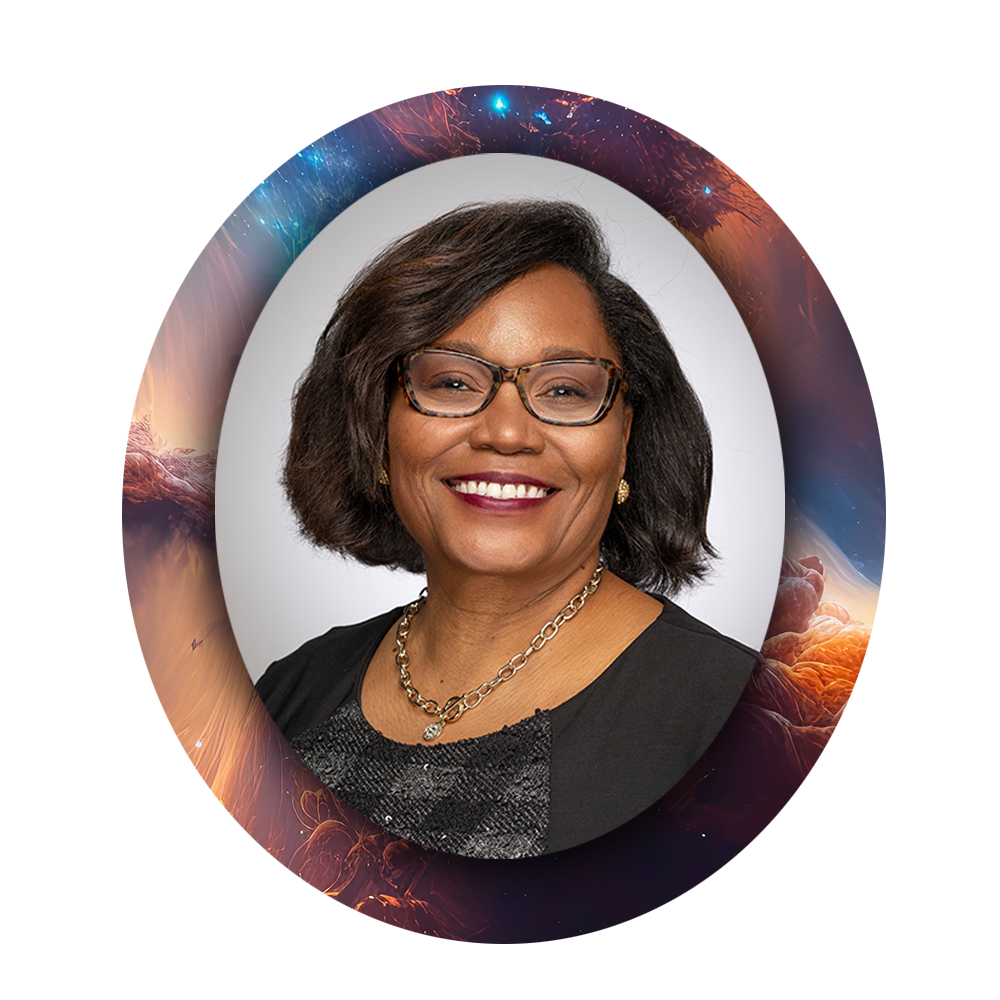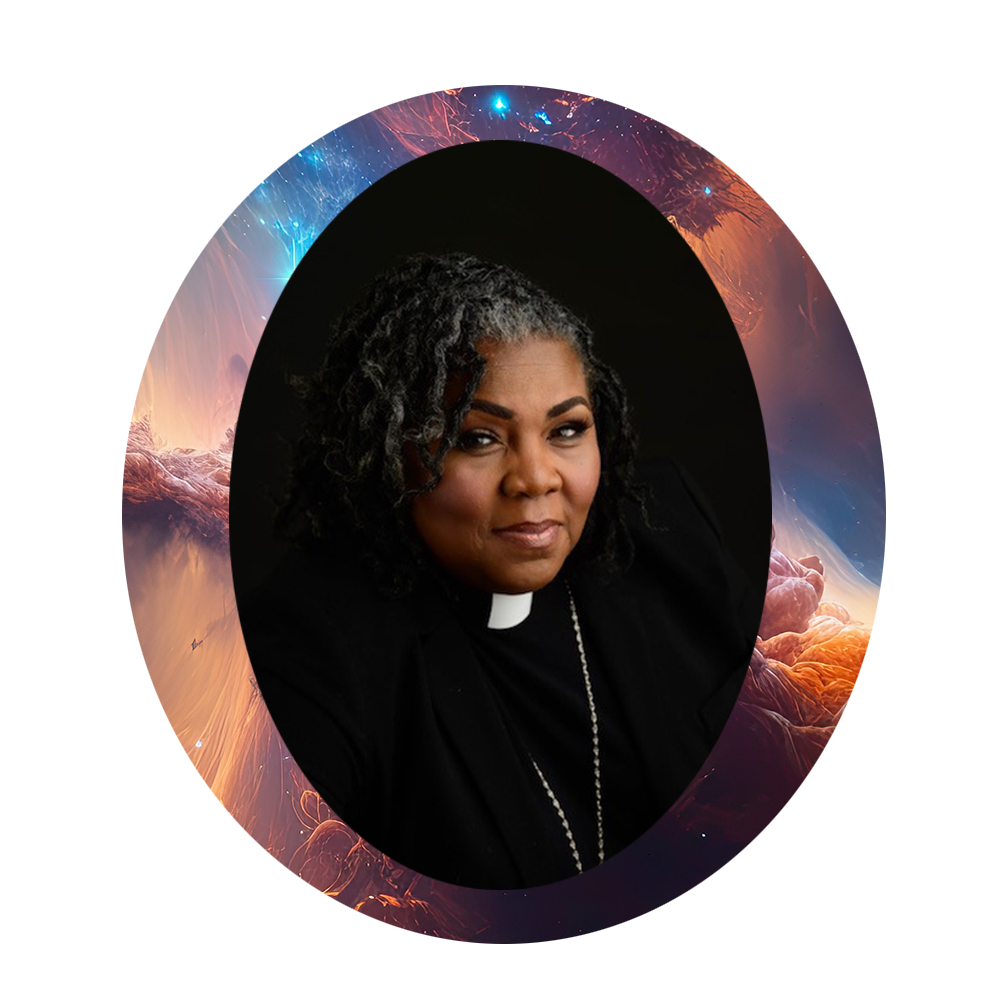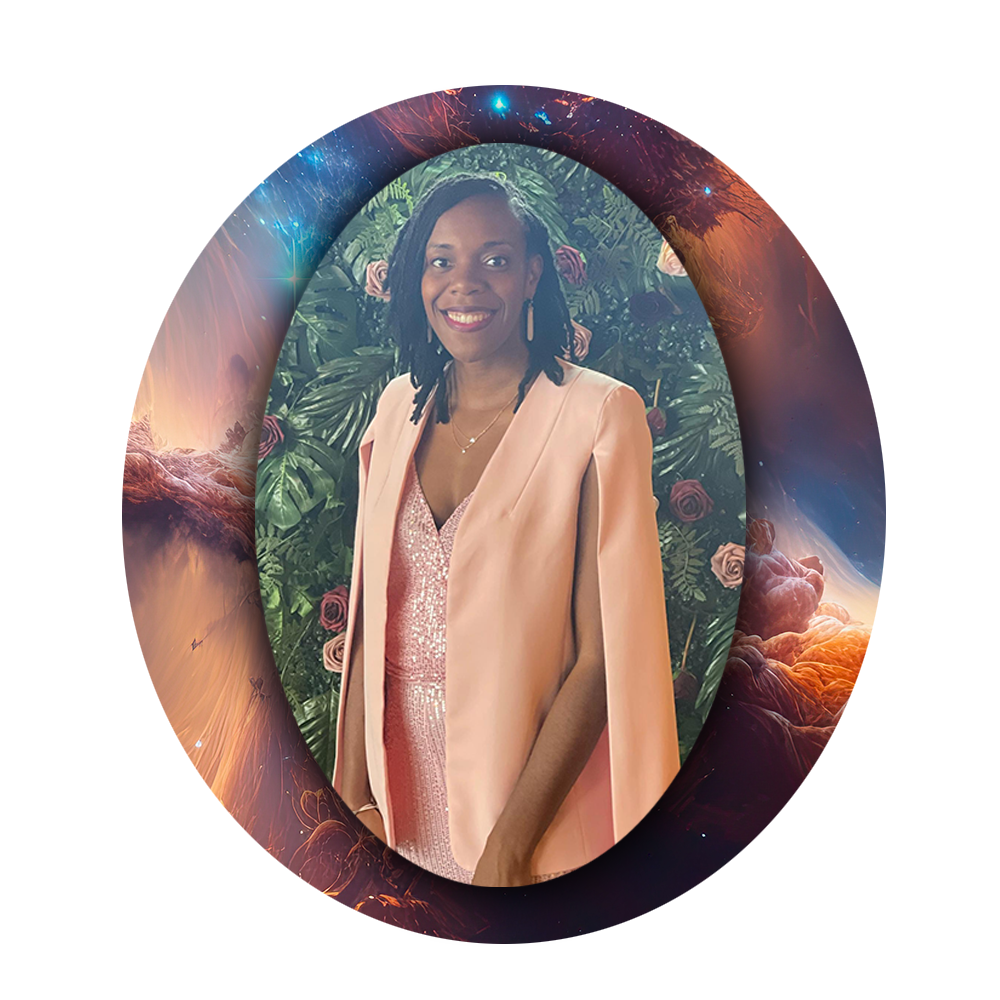Birthing Liberation in Bethlehem
Luke 2:15-21
When the angels had left them and gone into heaven, the shepherds said to one another, “Let us go now to Bethlehem and see this thing that has taken place, which the Lord has made known to us.” So they went with haste and found Mary and Joseph, and the child lying in the manger. When they saw this they made known what had been told them about this child; and all who heard it were amazed at what the shepherds told them. But Mary treasured all these words and pondered them in her heart. The shepherds returned, glorifying and praising God for all they had heard and seen, as it had been told them. After eight days had passed, it was time to circumcise the child; and he was called Jesus, the name given by the angel before he was conceived in the womb.
The manger is a powerful symbol in the nativity setting. A literal cradle of redemption, it is a container troubling the intersections of race, class, and gender for the ancient and contemporary world. Like so many mothers of Black liberators, written on Mary’s body are the markers of oppression, but engraved upon her soul is the tune of justice, a song familiar to freedom loving people everywhere. When the community of shepherds behold the manger and confirm “what had been made known about the child,” Mary ponders these things in heart. Standing over the manger, Mary grapples with the possibilities of hope in a broken world, and she wrestles with the prophetic tradition out of which her sung emerges. Mary’s story, while unique, is woven into a broader narrative of Black women birthing liberation in the face of adversity.
Luke 2:12-15, through a womanist lens, invites us to perceive the nativity as a radical act of divine resistance and incarnation. Mary, a Black woman, becomes a symbol of redemption, birthing hope in the midst of oppression. The shepherds, on the margins of society, bear witness to a divine intervention: the overturning of social hierarchies, and Jesus, the incarnational son of God, born in solidarity with the marginalized and proclaiming a teleological and eschatological shift in the reign and purposes of God. The meteoric celestial vision cast over the shepherds that night in the angel, the multitude of heavenly host and the light surrounding them, is a special message, “good news of great joy.”
This summer I had an opportunity to travel to Europe on pilgrimage to the Black Madonna. The artistic depictions scattered throughout Europe, South America, the Caribbean and the USA are more than an aesthetic commitment to equity, they are preservation of legend, and a deepening of our encounter with an inescapable liberating darkness embedded in the nativity. The failures of our histories and racialized past obscures our capacity and stifles our willingness to receive her Blackness and to behold her as divine, but this hermeneutical shift is an ethical necessity. Legend has it, after all, that Luke the Evangelist painted the first portrait of Mary upon a plank of cedar wood in the presence of the model herself. Her darkness is vital. It is an especially important message to Black and women of color since science, religion, and empire have been conspiring to prove a blanket Black inferiority. Mary’s Blackness is critical to white supremacist cultures who have justified a collective violence and oppression of Black and dark-skinned people in the name of disciplining an inherent corruption and lack. Embracing the Black Madonna is a critical embrace of the divine intent toward birthing liberation in Bethlehem. Embracing the Black Child is a confrontation of our unacknowledged and unrepentant attachment to a colonized faith.
On my pilgrimage I encountered The Virgen of Montserrat. The story unfolds that many years ago, in the mountains of Barcelona, shepherds found her likeness, a beautiful carving of ebony wood. She was shrouded in light and from the area where she lay, they heard singing. One of them ran to tell the local bishop. He and the townspeople who followed him, confirmed that they too saw the light and heard the singing. Something in and around her was alive! When they tried to move her to a more accessible spot, they quickly discovered that they could not. So, they kept her on that mountain, which now is mostly accessible via cable car or train. When I made the trek to visit her, I noticed what the shepherds, perhaps, of the first nativity recognized, and what these shepherds of Spain noticed as well. The Virgen of Montserrat held an aliveness in her gaze. Her eyes flickered with a flame of knowing. While this experience is beyond explanation, now, when I imagine Mary standing over the manger, pondering the shepherds’ words in her heart, I imagine her eyes aflame with the song she sang just before Jesus’ birth, a song of liberation, God scattering the proud, bringing down the powerful from their thrones, filling the hungry with good things, sending the rich away empty! These may be mere reminders, but her voice and her song still rings out across time and eternity. And, we began the New Year with an invitation to situate the birth and Holy Name of Jesus as a divine intervention, unbound liberation for the whole earth.
The Black Madonna and child may disrupt our narratives about the bookends of liberation. They may interrogate the very idea of power at the center of Mary’s prophetic song. In that little town of Bethlehem its dark stillness held a single prophetic truth, liberation is the divine intent for the world. This truth is indeed good news of great joy for every generation.
Reflection:
- How will you disrupt the narratives that oppress?
- Where does truth-telling exist in your life? How do you make truth-telling central to your being?

Rev. Amy Elizabeth Steele, PhD, is the Executive Director of Program and the Dean of the Chapel, The Upper Room. Amy is a newly minted Spiritual Director, a writer, and a lover of music and art. Her scholarly interests are in 20th Century Black Religious Thought with emphasis on the work of Howard Thurman, womanist social ethics, and homiletics. She has written several peer reviewed articles, book chapters, and is working on her first monograph. In addition to her scholarly life, she is ordained by the National Baptist Convention, Inc.., and has served Baptist, Methodist, and Presbyterian churches for over 20 years. Amy is the mother of one son, Isaiah Alexzander, and spiritual friend to many. She calls Tennessee home but appreciates the global ecumenical community as the context out of which she thinks about ministry.



Unbound Social